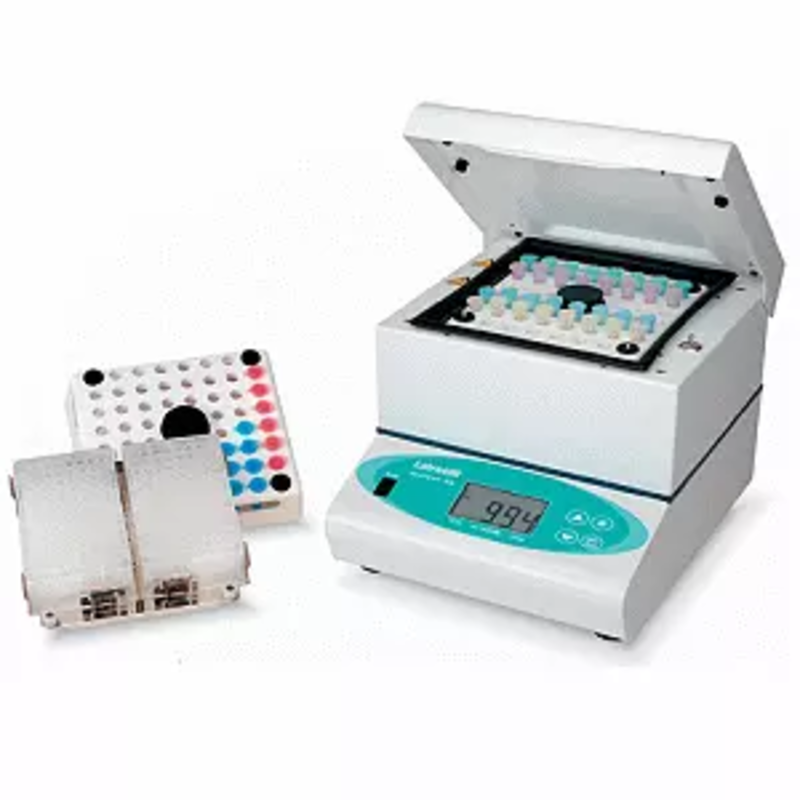Essential Lab Equipment for Today’s Medical Testing
July 20 2017 /
Medical specimens are delicate and require the proper care in order to be useful for determining the state of a person’s health and wellness. A modern medical laboratory functions under strict guidelines for sterilization of the environment, as well as the specimens coming into the lab for testing. In order to maintain these strict guidelines, medical laboratories need several pieces of essential equipment to house the specimens as they enter the care of the laboratories. Two of these pieces of equipment are incubators and general purpose baths. Let’s look at this equipment to understand their function, the different types of equipment, and why laboratories need them as part of their essential lab equipment line up.
What is an Incubator?
As an essential part of the medical laboratory, incubators are generally used to grow and store microbiological specimens, cultures, cell cultures, blood specimens, and more. They look like a dorm room refrigerator, but not all incubators are refrigerated
Ranging in size from 2 cubic feet to 40 cubic feet, both large and small amounts of specimens can be stored easily and safely. While incubators are used for medical samples and specimens on a daily basis, other industries find themselves in need of incubators for storage of other materials.
There are several types of incubators that are popular as part of the medical laboratory setup including CO2 incubators, shaking incubators, refrigerated incubators, large incubators and more.
What are the Different Types of Incubators and What are their Features?
CO2 Incubators
This type of incubators are used to eliminate contamination and for precision temperature control. They feature HEPA filters and copper for cleaning and decontamination.
Shaking Incubators
These incubators are used for cell aeration and culturing of cells. They feature stable temperature controls, variable speeds and adjustable stroke lengths.
Refrigerated Incubators
Often referred to as low temperature incubators, these are typically used for plant and insect studies, fermentation and bacterial cultures. They feature controllable lower temperatures.
Drospholia Incubators
These are often referred to as “fruit fly” incubators, and are used for culturing fruit flies and feature gently fluctuating temperatures that are specific to the insect needs.
General Purpose Incubators
Available in a range of sizes, general purpose incubators can be used for a variety of reasons including culturing, determinations of microbiological materials, food processing quality control and more. They feature temperature gauges and a variety of space for specimens.
What is a Water Bath and What is it Used for?
Water baths are an essential piece of laboratory equipment because they typically work hand in hand with the incubators found in labs. WAter baths use heated water to incubate samples and the heat of the water helps to maintain the sample. Where “refridgerator” type incubators use cooler temperatures, water baths use warmer temperatures.
What’s more, water baths are important when lab technicians are handling flammable chemicals or dangerous materials that can react with other chemicals. WAter can neutralize samples that would otherwise react in high temperatures.
There are a variety of water baths available for laboratory use including shaking baths, varying size water baths, forced-age testing baths, mini maths, high clearance baths, digital water baths and more.
What are the Different Types of Water Baths and What are their Features?
Forced-Age Testing Baths
Typically used for food and beverage testing, forced-adge testing baths provide microprocessor-based control of the temperature gauges with an easy to read digital display of the temperature.
Mini Baths
Used for smaller specimens, mini water baths are stainless steel and resist corrosion because of their seamless design. They provide accurate temperature control and can accommodate plastic tubes.
High Clearance Baths
When laboratory technicians need to test larger specimens, high clearance baths are used to maintain the temperature of those samples.
Shaking Baths
Similar to the shaking incubators, shaking water baths are used to ensure specimens continually move under controlled circumstances. Shaking baths use motors to move the units and offer a variety of holding capacities.
Digital Water Baths
While some water baths are simply vessels to hold specimens, digital water baths provide precision control and readability of the water temperature and range in size.
Impact on Research and Testing
Modern laboratories need to be ready for anything that comes through the door. When it comes to testing medical samples and maintaining the temperatures of samples, the use of incubators and warm water baths are essential. Labs continue to be overrun with specimens from patients in hospital and clinic settings, as well as research facilities for disease control and monitoring. Ensuring labs have the proper equipment means that the samples are viable and can provide the most relevant information possible.
Many labs will have a variety of incubators and warm water baths to accommodate the range of specimens they receive; depending on their laboratory purpose, labs may be well stocked with incubators over water baths, and vice versa. Knowing the options, how the equipment works and how it can impact testing can help labs function more efficiently and effectively.
